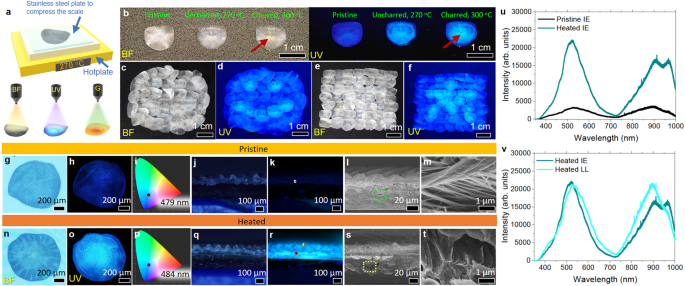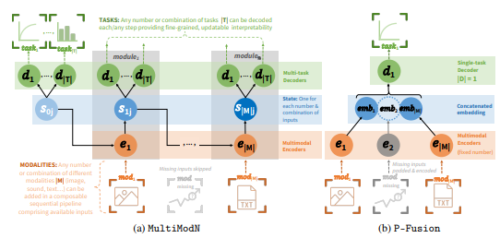2024-02-26 シンガポール国立大学(NUS)
◆シンガポール国立大学の物理学者らは、魚のうろこの廃棄物を生物吸着剤として再利用し、水中の汚染物質ロダミンBを効果的に除去する方法を開発した。また、情報の暗号化にも使用できる。
<関連情報>
- https://news.nus.edu.sg/upcycling-fish-scales-pollution-control-encryption/
- https://www.nature.com/articles/s41467-023-42080-1
ステガノグラフィーとローダミンB吸着アプリケーションのための加熱による魚鱗のアップサイクル Upcycling fish scales through heating for steganography and Rhodamine B adsorption application
Malcolm Miao Geng Sow,Zheng Zhang,Chorng Haur Sow & Sharon Xiaodai Lim
Nature Communications Published:16 October 2023
DOI:https://doi.org/10.1038/s41467-023-42080-1
An Author Correction to this article was published on 24 November 2023

Abstract
With increasing population and limited resources, a potential route for improving sustainability is increased reuse of waste materials. By re-looking at wastes, interesting properties and multifunctionalities can be discovered in materials previously explored. Despite years of research on bio-compatible fish scales, there is limited study on the fluorescence property of this abundant waste material. Controlled denaturation of collagen and introduction of defects can serve as a means to transform the fluorescence property of these fish scale wastes while providing more adsorption sites for pollutant removal, turning multifunctional fish scales into a natural steganographic material for transmitting text and images at both the macroscopic and microscopic levels and effectively removing Rhodamine B pollutants (91 % removal) within a short contact time (10 minutes). Our work offers a glimpse into the realm of engineering defects-induced fluorescence in natural material with potential as bio-compatible fluorescence probes while encouraging multidimensional applicability to be established in otherwise overlooked waste resources.



